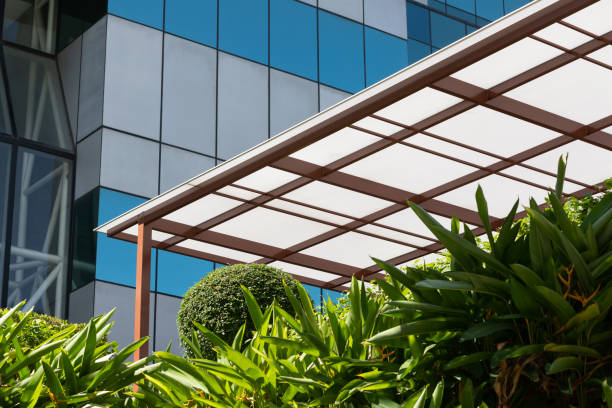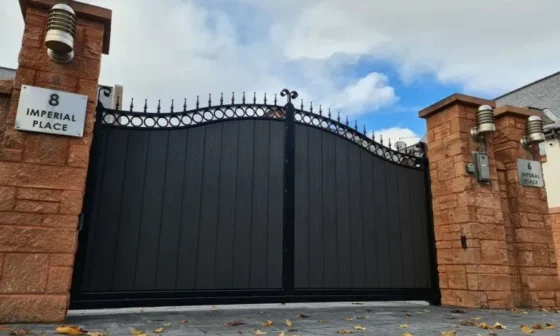
In the quest for the perfect roofing material, homeowners and builders often consider the balance between durability, aesthetics, and thermal comfort. Polycarbonate roofing, renowned for its high strength-to-weight ratio and translucency, is a popular choice.
But, one question frequently arises: does it get hot under a polycarbonate roof? This article seeks to shed light on this topic, examining how polycarbonate roofs interact with heat and the implications for your living or workspace.
Understanding Polycarbonate Roofs
Polycarbonate is a thermoplastic polymer that comes in various forms, including solid, corrugated, and multiwall sheets. Each type serves different purposes, from enhancing natural light to providing unbeatable protection against the elements.
The multiwall polycarbonate sheet is particularly noted for its thermal insulation properties, consisting of multiple layers that trap air, reducing heat transfer. This structure not only strengthens the sheet but also helps to moderate temperatures beneath it.
However, the inherent characteristics of polycarbonate mean it naturally absorbs and transmits sunlight, which can lead to higher temperatures underneath. The extent of this heating effect largely depends on several factors, including the colour, thickness, and type of polycarbonate roofing used.
The Impact of Colour and Thickness
The colour of the polycarbonate roof plays a significant role in determining the heat underneath. Lighter colours reflect more sunlight, leading to cooler temperatures below, while darker shades absorb heat, potentially making the space beneath warmer.
Similarly, the thickness of the polycarbonate sheet affects its heat insulation properties. Thicker sheets offer better insulation, reducing the amount of heat that penetrates through the roof.
Advancements in Cooling Technology
The industry has responded to the concern of heat under polycarbonate roofs with innovative solutions. One such advancement is the development of UV-protected and heat-reflective polycarbonate sheets.
These sheets are treated with special coatings that reflect UV rays and excess heat, significantly reducing the heat transfer into the space below. This technology ensures that the benefits of natural light can be enjoyed without the accompanying increase in temperature.
Ventilation and Shading: Practical Solutions
Effective ventilation and strategic shading can mitigate the warming effects of a polycarbonate roof. Installing vents or louvres can help circulate air and release trapped heat, maintaining a comfortable temperature.
Additionally, the use of external shading devices, such as awnings or pergolas, can reduce the amount of direct sunlight hitting the roof, further cooling the area beneath.
Navigating the Heat: A Balanced Perspective
Choosing polycarbonate roofing involves considering the balance between light transmission and heat control. While it’s true that areas under polycarbonate roofs can become warmer, especially during sunny days, the extent of this effect can be significantly reduced through careful selection of the type of polycarbonate, colour, and thickness, coupled with cooling technologies, ventilation, and shading.
The Verdict: A Cooler Conclusion
Polycarbonate roofs do have the potential to increase the temperature of the spaces they cover, but this doesn’t have to be a deal-breaker. With advancements in roofing technology and practical design considerations, it’s entirely possible to enjoy the benefits of a polycarbonate roof without turning your space into a greenhouse.
The key lies in selecting the right materials, incorporating cooling technologies, and employing smart design tactics to create a comfortable environment. Thus, while polycarbonate roofing can bring warmth, it also brings light and strength, making it a versatile choice for various applications.


